Photovoltaic power systems are a rapidly growing (30+ percent/year) segment of the residential and commercial electrical systems market. These systems operate up to 600 volts and, in the larger commercial systems, the dc and ac currents can range up to 1000 amps. These levels of voltage and current, if not properly managed, pose both shock and fire hazards. The electrical inspection is a key element to minimizing these potential hazards.
Previous articles in this “Perspectives on PV” series have covered the details of the Code requirements for these systems, and copies of those articles are available onwww.iaei.organd on the author’s web site—link is below. In a perfect world, all of those requirements have been fully met or exceeded, and the installation has been executed with exceptional workmanship.
Quality Systems Are Coming
Eventually, we may approach this ideal level of quality in PV installations. That could happen in a few years when the well-seasoned PV systems integrators, installers (hopefully also trained electricians), and electrical inspectors have worked together on hundreds of the same type of systems and installations. Those old-timers in the PV industry will be working with well-established products. They will have worked closely with the plan reviewers, permitting officials, and inspectors to submit a well-documented electrical design package that includes a clear, three-line diagram, the calculations used to determine ampacity, conductor types and conduit fill, and a copy of the equipment specifications and manuals. Inspections of PV systems will be as quick and routine as for any residential or commercial electrical system.
But Not All Systems Are Code-Compliant and Durable
Unfortunately, we are still a long way from that ideal scenario. While there are a few PV systems integrators (the larger companies) and other PV installers who have done dozens and possibly hundreds of PV installations, they are not common. PV installers, normally with little electrical installation experience, abound. They are familiar with neither Article 690 in the NEC covering PV systems nor the first four chapters of the Code that deal with the basics. On the other side of the installation/inspection equation, inspectors and plan reviewers have had little experience with the unique nature of PV systems and have not worked extensively with these new PV companies. New equipment (inverters and PV modules) is being introduced continually, and all involved with PV systems are hard-pressed to keep up with the ever-changing installation requirements due to the unique nature of each piece of equipment. Unfortunately, even a PV installer who has obtained the NABCEP (North American Board of Certified Energy Practitioners,www.nabcep.org) certificate by passing a 60-question written examination may not have extensive experience installing conventional residential or commercial electrical systems.
Safety First for the Inspector
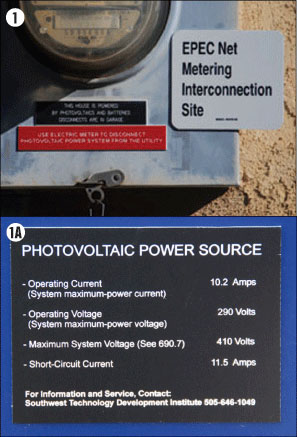
There are many items that should be inspected on a PV system. See the “Perspectives on PV” articles in the IAEI News for March/April and May/June 2006 for a more complete list. We need to keep in mind that these systems are unique in that they will be producing significant amounts of energy for the next 40–50 years whenever they are exposed to sunlight. The inspector should evaluate the overall workmanship with this timeframe in mind.

Photo 2. Are they properly grounded?
Will the System Be Safe 10 Years from Now?
Will those exposed cables on the roof be secure and not allowed to move around in the wind or when ice slides under the PV array? Are the conductors the right type for the exposed conditions? If squirrels are scampering around the roof and near the PV conductors, possible insulation damage may be expected (see photo 4). No, we don’t have a solution for this problem, nor do we know how prevalent it is. Are the conduits securely fastened to the building? Do the conductor sizes and ampacities reflect appropriate temperature deratings for conductors in conduits in sunlight per 310.15(B)(2) inNEC-2008?
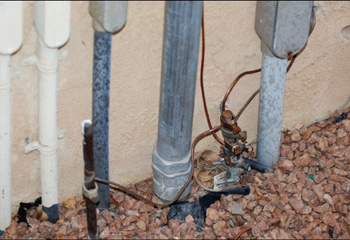
Photo 3. Must have been done by a “Grounding Guru”; violation of 250.53(G)
Are the covers on enclosures like junction boxes and combiners firmly attached with screws so that a tool is needed to open them? (see photo 5).
Inspectors in some areas are reporting that conductors can frequently be pulled loose from terminals because they have not been properly tightened. A few “pull tests” on unenergized conductors will reveal whether or not the installer used a torque screwdriver (see photo 6). Many installers (and electricians) don’t have torque screwdrivers, even though every electrical terminal has a torque specification and that torque specification should be followed for a durable electrical connection.
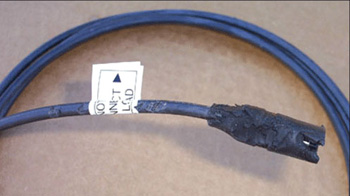
Photo 4. Rodent damaged cable and connector
If the system is ground-mounted or readily accessible (Code definition) from a readily accessible flat roof, have those exposed single-conductor cables been treated properly and made not readily accessible with a barrier? If not, the NEC-2008 will require that they be installed in a raceway, and that will be hard to accomplish since few modules have provisions for using conduit. At 600 volts, the general feeling is that the unqualified person should not have ready access to these conductors and the currently used, pull-apart connectors. Connectors for these exposed conductors will be locking and require some sort of tool to open starting sometime in 2008. The most likely solution in these readily accessible systems will be to put some sort of barrier behind them, possibly just a wire mesh or screen that would prevent ready accessibility.
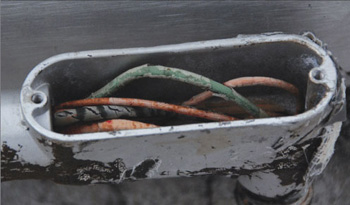
Photo 5. How long has that cover been off?
After looking at the workmanship issue and the long-term durability of the system, the inspector can then concentrate on ensuring that the electrical components have been connected properly. For some reason, NEC 690.64 seems to be frequently abused. This may be because it is somewhat complex and the requirements hard to meet with the larger PV systems on residential services. See the “Perspectives on PV” in the September/October 2005 and January/February 2006 IAEI News for the full story.
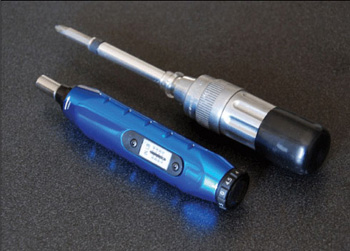
Photo 6. Torque screwdrivers are needed for electrical connections
If the electrical transmission and distribution system suffers any long duration blackouts, then there may be an increase in the number of PV systems that, in addition to being connected to the utility grid, will also have batteries for energy storage. These systems require special inverters that can disconnect from the utility grid during the outage and supply part of or the entire house loads with power from the PV modules and/or the batteries. These more complex systems will require additional time for the inspections.
Summary
PV systems are like other electrical power systems. When they are installed incorrectly and not in compliance with the requirements of theNECand local codes, they can pose hazards, not only to the owners/users of the systems but also to inspectors. Inspections are definitely required. Teamwork between the designers, installers, and inspectors of these systems is a necessity. Teamwork coupled with increased familiarity with the equipment and the Code requirements based on experience will yield safe, durable, and reliable systems. Concern for the environment and significant financial incentives are producing significantly more photovoltaic power systems installations. A fast train is just leaving the station. Hop on board. The trip should be interesting
For Additional Information
If this article has raised questions, do not hesitate to contact the author by phone or e-mail. E-mail: jwiles@nmsu.edu Phone: 505-646-6105
A color copy of the latest version (1.6) of the 150-page, Photovoltaic Power Systems and the 2005 National Electrical Code: Suggested Practices, published by Sandia National Laboratories and written by the author, may be downloaded from this web site: http://www.nmsu.edu/~tdi/Photovoltaics/Codes-Stds/PVnecSugPract.htm
The Southwest Technology Development Institute web site maintains a PV Systems Inspector/Installer Checklist and all copies of the previous “Perspectives on PV” articles for easy downloading. Copies of “Code Corner” written by the author and published in Home Power Magazine over the last 10 years are also available on this web site: http://www.nmsu.edu/~tdi/Photovoltaics/Codes-Stds/Codes-Stds.html
The author makes 6–8 hour presentations on “PV Systems and the NEC” to groups of 40 or more inspectors, electricians, electrical contractors, and PV professionals for a very nominal cost on an as-requested basis. A schedule of future presentations can be found on the SWTDI web site.










Find Us on Socials